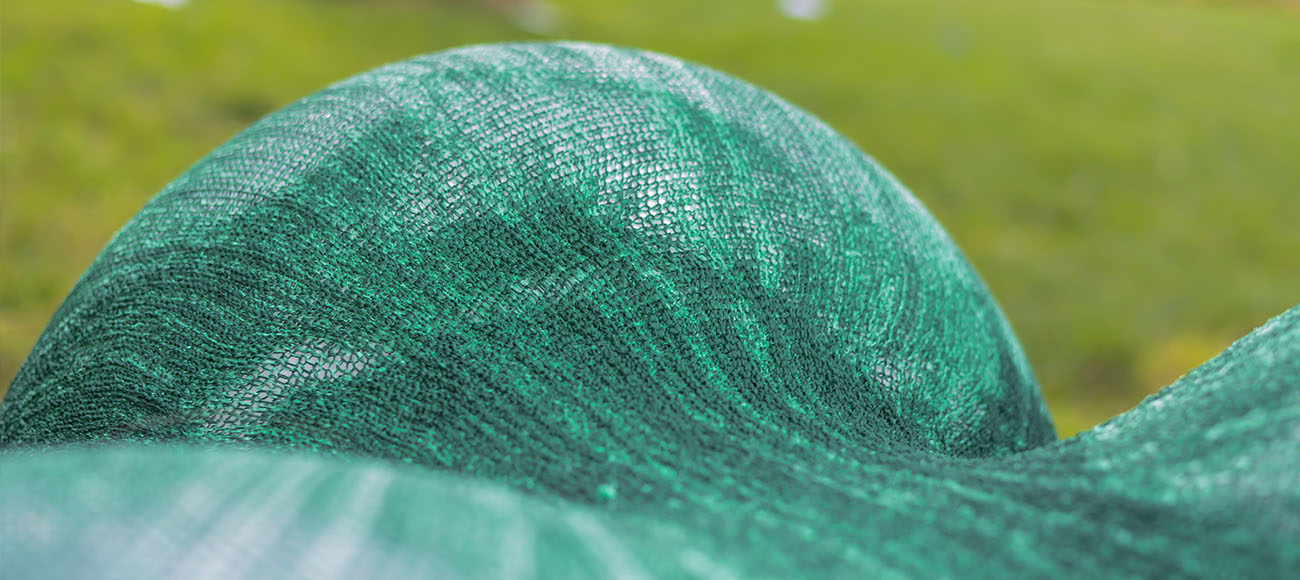This research reviews knitting technology for large-scale architectural projects. Textiles are important materials in modern architectural technology. They enable lightweight shell structures with specific geometries to be constructed. The way of fabric production, density, and thickness of the material plays a significant role in the perception of textiles and their role in architectural comfort. These characteristics influence the way we perceive textiles and their capability to distribute light and air, their acoustic, insulation characteristics, and structural resistance. Production of textiles with non-homogeneous composition, where higher density and more resistant fibers are used only where is needed, significantly decreases the amount of the fibers and therefore the weight of the structure, without worsening its characteristics.
The traditional method of producing textiles includes patterning, sewing, and welding. This is wasteful because it consists of several production stages which significantly increase the time and the cost of production. Modern CNC knitting machines are capable to produce textiles with complicated textures and shapes with a minimum of human intervention. This permits complex, seamless three-dimensional shapes to be created in a fast and waste-free manner. Programming of knitting machines requires specific skills and experience. Normally in the fashion industry, where knitting is more widely spread, knitting is done by knitting engineers that design the textiles with a trial-and-error method. But for the large-scale bespoke application, this methodology significantly increases time and cost of production, thus new methods of automized programming are needed.
In this research we aim to automatize the production of knitted textiles for large-scale applications, linking it to the architectural software (Rhinoceros, Grasshopper, and plug-ins for physical analysis) to achieve more performative textiles using less material. This new technique may be an alternative to 3d-printing in the production of large-scale bespoke shapes.





![knitting stitches and patterns [Recovered]](https://www.materialbalance.polimi.it/wp-content/uploads/2018/03/Graphical-abstract.jpg)





